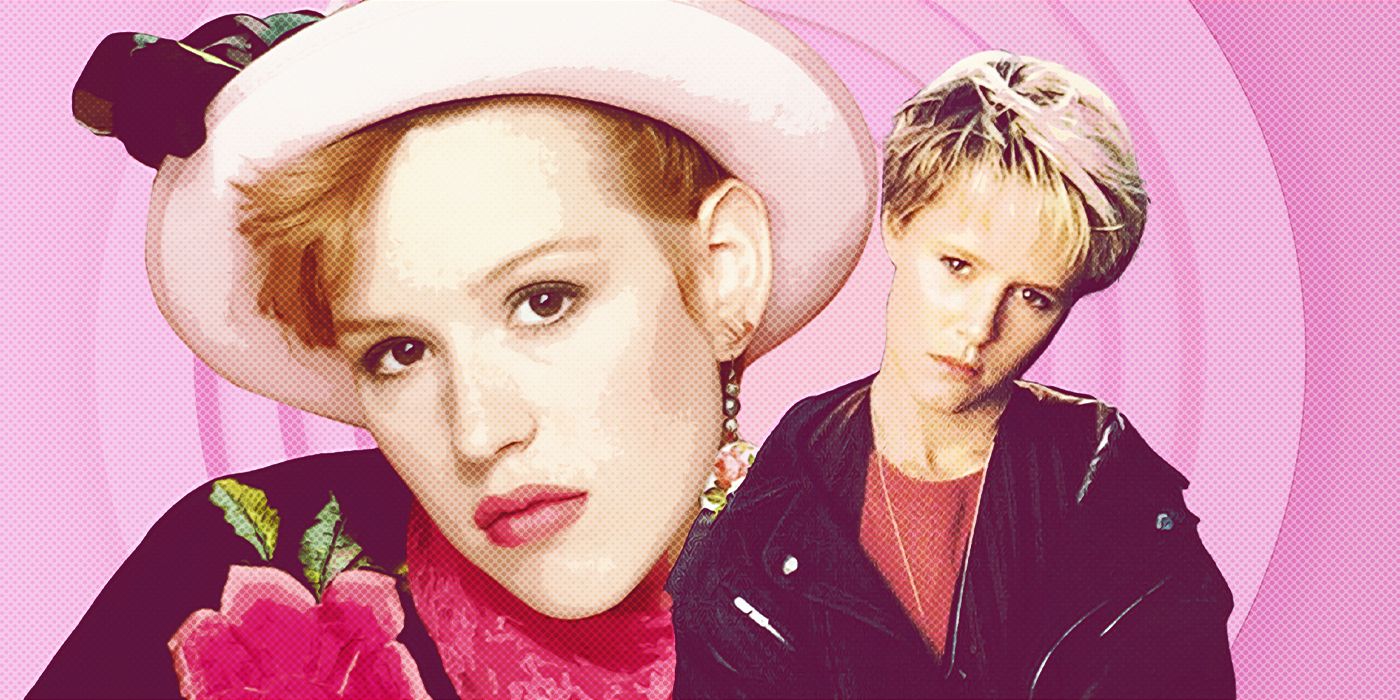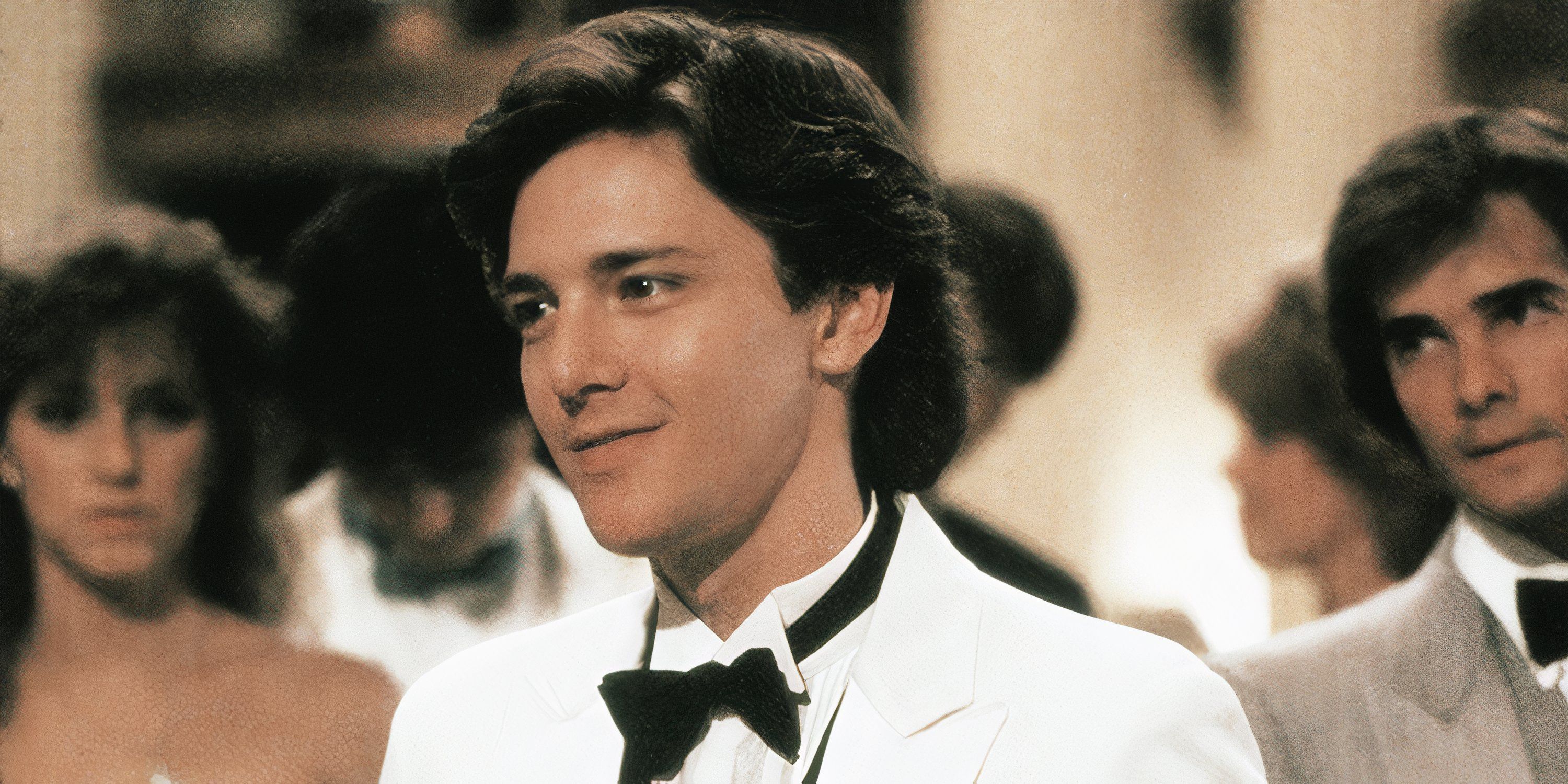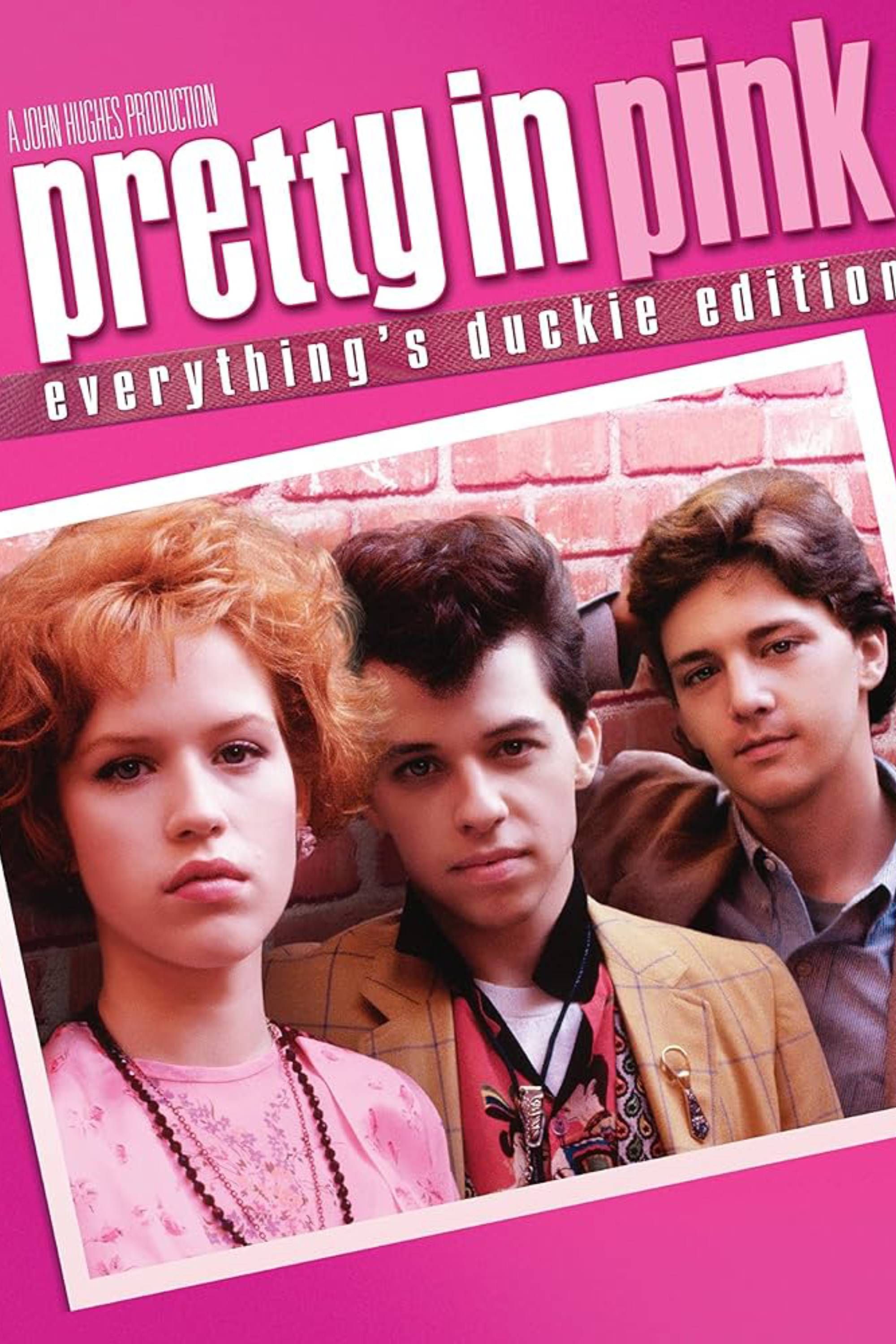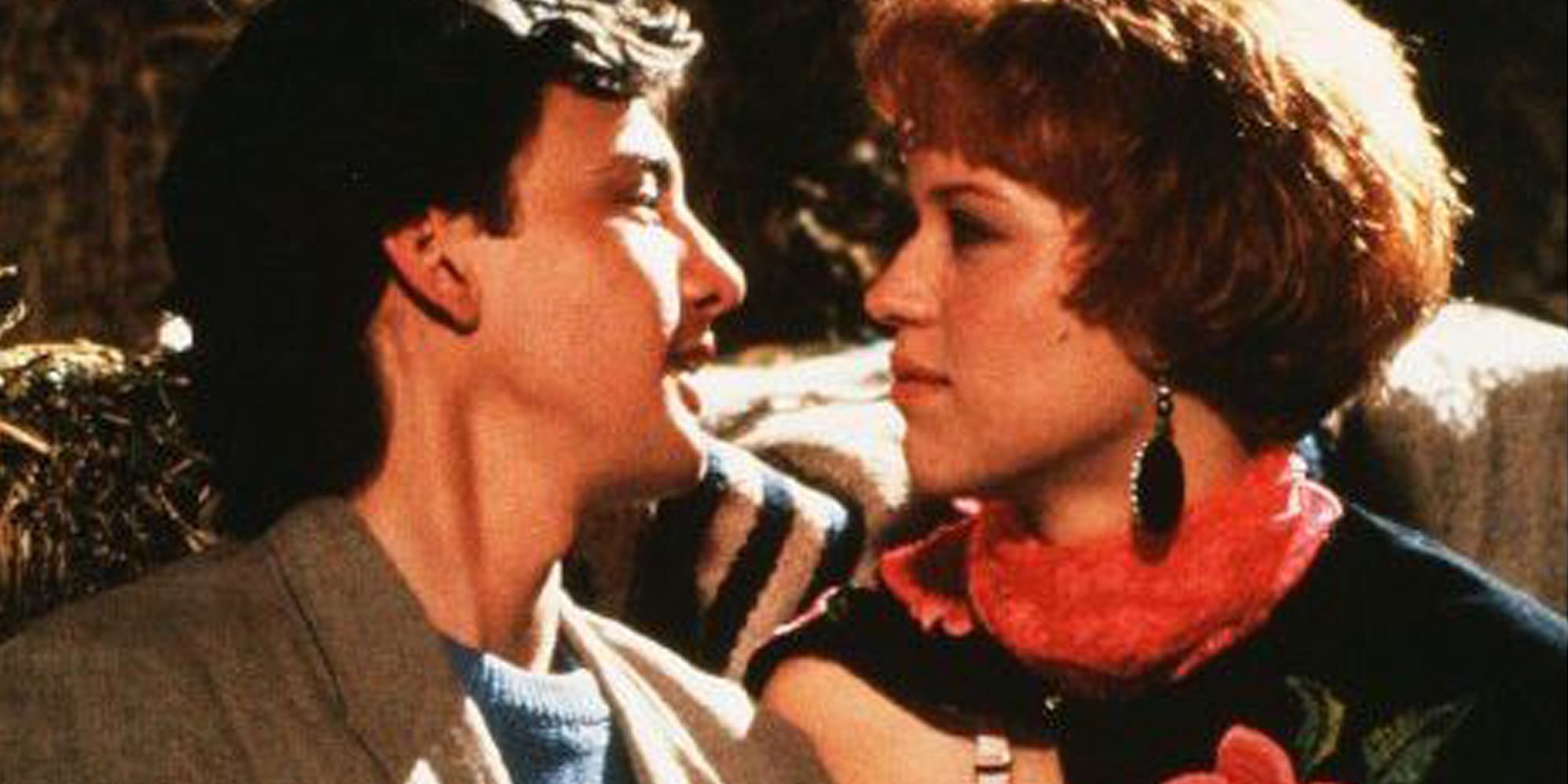The Big Picture
- Andrew Mccarthy was a key leading man in John Hughes’ coming-of-age films of the 1980s, bringing sensitivity and charisma to his roles.
-
Pretty in Pink
shows McCarthy’s endearing performance and unique approach to masculinity in a romantic story that transcends typical teen comedies. - McCarthy’s work in
Pretty in Pink
, alongside Molly Ringwald, adds authenticity and relatability to Hughes’ timeless coming-of-age story.
Writer/director John Hughes, in his effort to make more realistic coming-of-age films aimed at adolescent audiences in the 1980s, is responsible for the rise of “The Brat Pack,” a group of young actors that frequently appeared in his films. Stars like Molly Ringwald, Emilio Estevez, Demi Moore, Anthony Michael Hall, Judd Nelson, Ally Sheedy, and even a young Robert Downey Jr. appeared in several classics that still evoke nostalgia for those who grew up in this era. While his popularity never rivaled that of some of his more famous co-stars, Andrew McCarthy was one of the most important leading men of “The Brat Pack.” He may not have had Matthew Broderick’s sense of humor or Rob Lowe’s bad-boy appeal, but McCarthy often brought a level of sensitivity and effortless charisma to his roles. McCarthy has recently developed a new Hulu documentary titled The Brat Pack, which takes a personal look back at this critical era in coming-of-age cinema.
McCarthy appeared in many of the most iconic coming-of-age films of the era; he played the lovesick Kevin in the surprisingly dark post-college drama St. Elmo’s Fire, managed to sustain the strangely sinister humor of Weekend At Bernie’s, and did some impressive physical comedy in Mannequin. However, the Hughes-written 1986 teen comedy Pretty in Pink showed just how charismatic McCarthy could be in a sweet romance. The film has aged well because of Molly Ringwald’s iconic performance as well as the emotional nuance that McCarthy brought to what could have easily been a generic riff on a Romeo and Juliet–style romance.
What Is ‘Pretty in Pink’ About?
As with many of Hughes’ films, Pretty in Pink centers on a group of teenage lovers during the end of their high school experience in Chicago. Andie Walsh (Molly Ringwald) and her best friend Duckie Dale (Jon Cryer) experience intense bullying at school as a result of their economic status; Andie’s father, Jack (Harry Dean Stanton), is a working-class man who can barely provide for his family. Andie is harassed by the preppy girl Benny Hanson (Kate Vernon), whose boyfriend Steff McKee (James Spader) harbors a secret crush on her. Despite her resistance to spending time with her “richie” classmates, Andie has a chance encounter with McCarthy’s Blane McDonnagh while at a senior prom dance. Blane immediately becomes smitten with her and asks her out on a date.
McCarthy shows an integrity within Blane that makes him worth rooting for. Hughes is keen to note how starkly the school is divided by issues of class, suggesting that socialization between the lower class and wealthy students is quite rare. While Blane isn’t ignorant of the privileges that he has, he doesn’t seem to write off the possibility of falling in love with Andie simply because of her upbringing. In fact, Blane seems almost shocked when he meets such sharp resistance from Duckie about even approaching Andie; while it’s obvious that Duckie is both secretly in love with Andie and trying to protect her, it never appears that Blane is impeding upon a pre-existing relationship. He has a sense of innocence that many of Hughes’ other protagonists don’t.

Related
Comparing ‘Pretty in Pink’ and ‘Some Kind of Wonderful’s Endings
Same movie, different endings.
It’s not hard to draw comparisons between Pretty in Pink and William Shakespeare’s Romeo and Juliet, as the film presents the notion of a “forbidden” romance between lovers of two different social classes. What’s remarkable is that Pretty in Pink is able to get viewers invested in the pressures that both Blane and Andie face as a result of their status. It’s not hard to see why Andie feels ashamed of her meager upbringing, especially due to Ringwald’s great performance. However, McCarthy shows that Blane is saddled with expectations by Steff, Benny, and his other friends to distance himself from Andie, as they threaten to ignore him if he moves forward with the relationship. McCarthy does a great job at showing the pressures of this choice forced upon Blane; he can either risk it all on a girl he’s just met, or stick with the friends that he’s known for years.
‘Pretty in Pink’ Offers a Sensitive Depiction of Masculinity
Not all of the funniest teen comedies of the 1980s have necessarily aged well, as many play into outdated sexist tropes; Pretty in Pink even includes some fairly egregious references to sexual assault from Steff. However, McCarthy succeeds in giving an internalized and vulnerable performance in Pretty in Pink, showing how deeply Blane considers the consequences of his action. Blane never lashes out in anger at Andie, Duckie, or even Steff; he’s so concerned about disrupting the status quo of their interpersonal dynamics that he often keeps to himself.
While Pretty in Pink, like all of Hughes’ screenplays, is peppered with brilliantly witty dialogue, many of McCarthy’s best moments are when he is quiet and contemplative. Pretty in Pink is unique in that it doesn’t try to “solve” its love triangle, allowing McCarthy’s performance to become more endearing. It’s ultimately Duckie who realizes that he’s not really meant for Andie, which puts less pressure on her to “choose” between him and Blane. This makes the eventual kiss between Blane and Andie more empowering. It’s a great romantic moment because Blane isn’t trying to pursue Andie beyond the point that she is comfortable; however, he couldn’t be more overjoyed when she tracks him down in a parking lot and embraces him.
‘Pretty in Pink’ Is Unique Among 1980s Coming-Of-Age Movies
Pretty in Pink is one of Hughes’ best films, as it tells a sincerely dramatic romantic story whilst never creaking out of the confines of a teen comedy. Putting so much pressure upon a young ensemble to convey such versatility was a risk, but McCarthy, along with the rest of the cast, was able to give a performance that many young audiences could relate to. Hughes’ films have stood the test of time because they treat their coming-of-age stories with respect and there’s not a hint of inauthenticity within McCarthy’s work in the film. Pretty in Pink is also aided by how effortlessly charismatic the actor is. There was always the potential that a film with its heart on its sleeve could become saccharine, or even laughable if it descended into melodrama. Thankfully, McCarthy’s affable nature helps lighten the mood, as he plays a universally relatable character.
Pretty in Pink is streaming on Paramount+ in the U.S.
























































![Key Metrics for Social Media Marketing [Infographic] Key Metrics for Social Media Marketing [Infographic]](https://www.socialmediatoday.com/imgproxy/nP1lliSbrTbUmhFV6RdAz9qJZFvsstq3IG6orLUMMls/g:ce/rs:fit:770:435/bG9jYWw6Ly8vZGl2ZWltYWdlL3NvY2lhbF9tZWRpYV9yb2lfaW5vZ3JhcGhpYzIucG5n.webp)




















